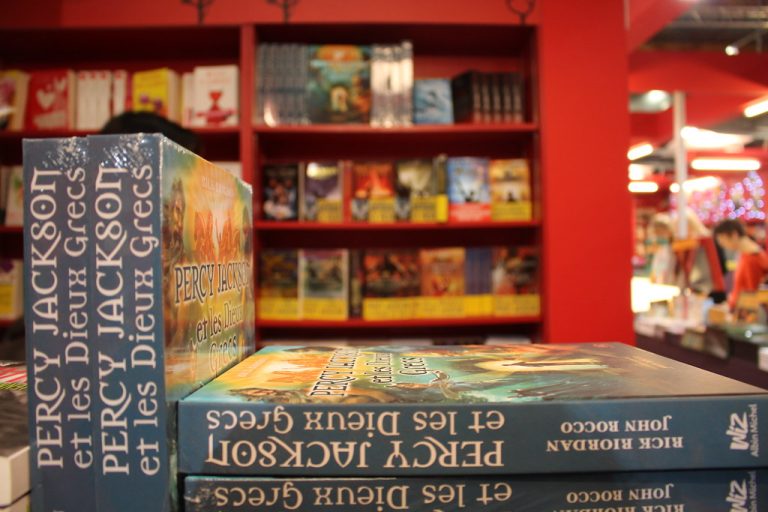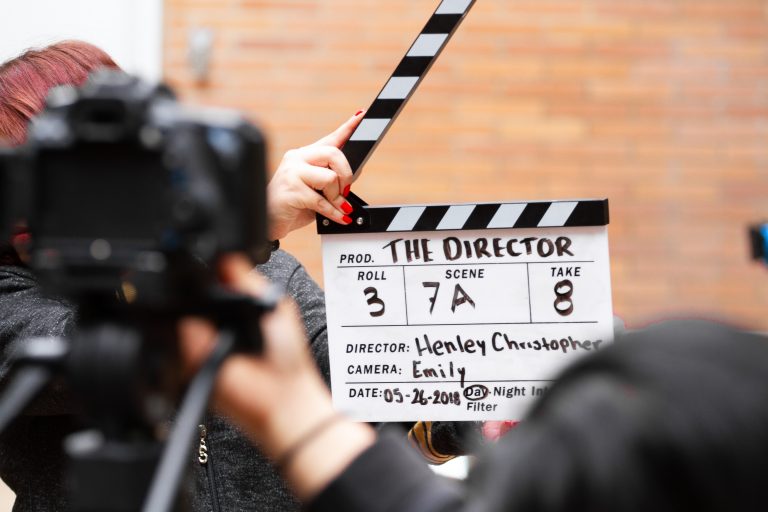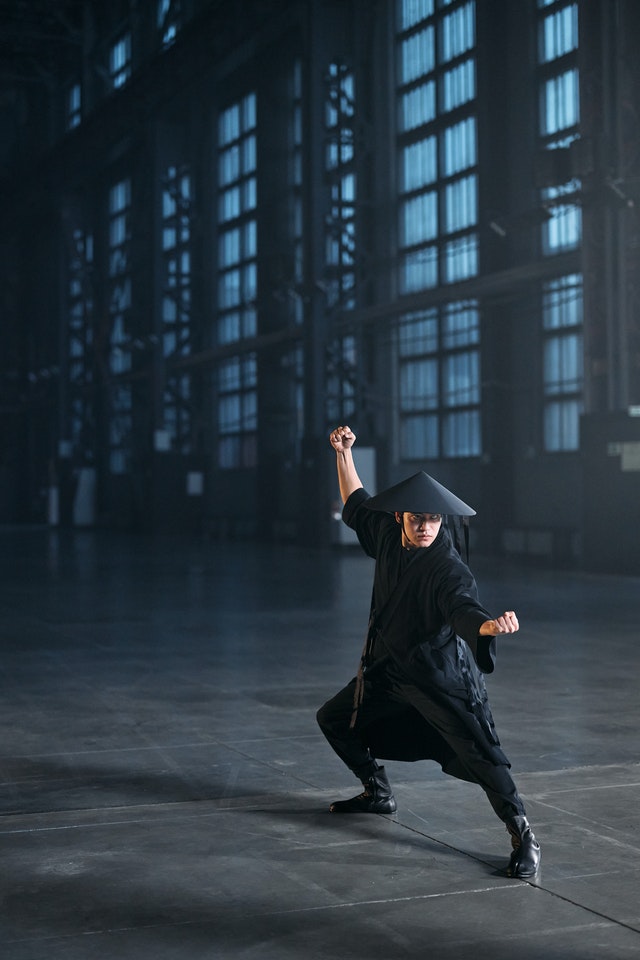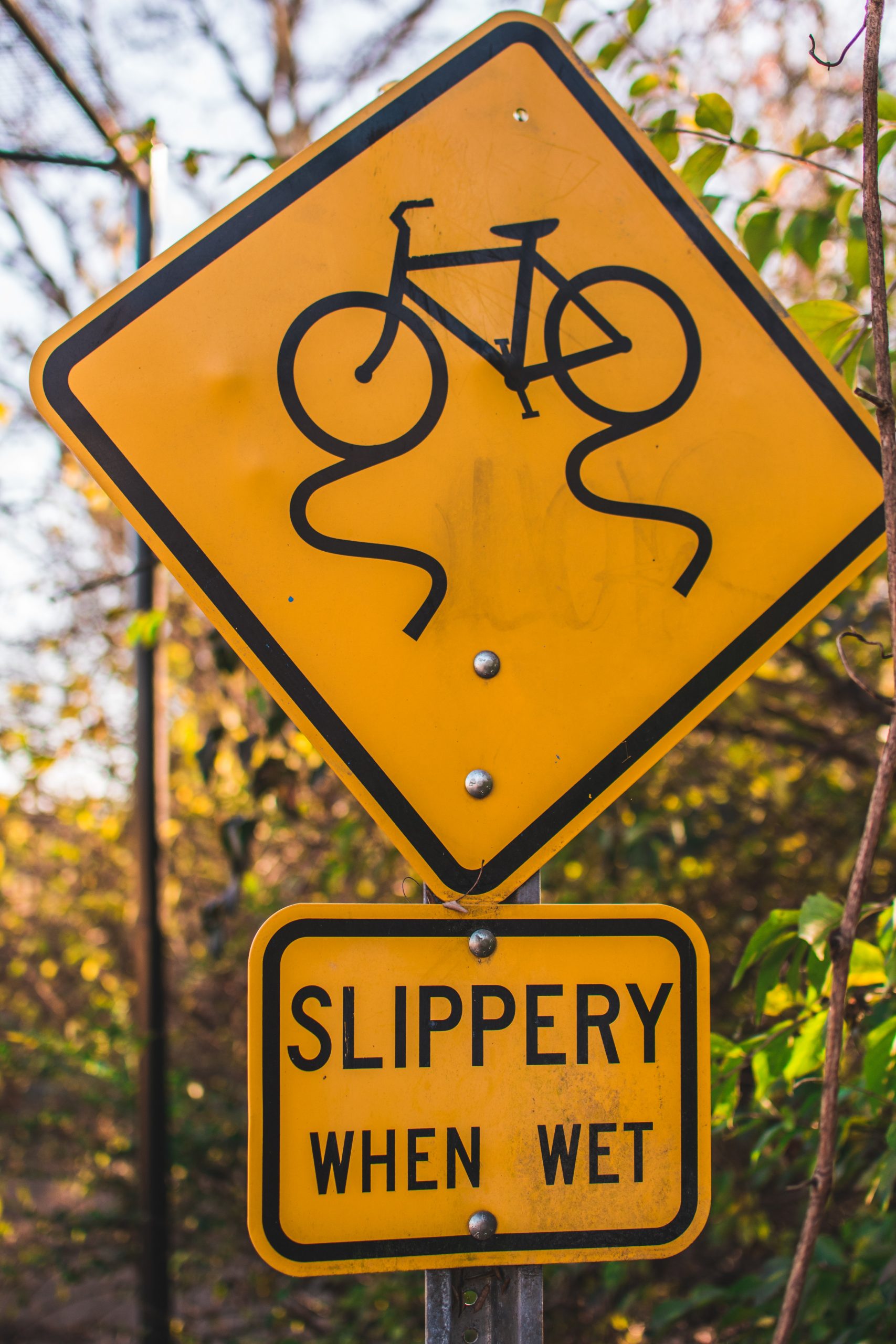How 4 Black Stereotypes are Portrayed in American Films
There are many incredible black filmmakers and actors like Denzel Washington, Ava Duvernay, Spike Lee, and Jordan Peele. Despite their great works, there are stereotypes that black people still face. From being portrayed in blackface to criminals, these issues stemmed from white supremacy that oppressed black people. Here are 5 black stereotypes that are problematic in American films.
Blackface Then and Now
Blackface was introduced in the States in the late 1760’s and became popular in the 1830’s. It consisted of white actors posing as black people for theatrical purposes. The stereotypes they used for black characters were acting lazy, unclean, and cowardly. A prominent white actor named Thomas D. Rice based his career on blackface, performing as “Daddy Jim Crow”. This is what the racist Jim Crow laws were named after.
Over 100 years later, blackface went from stage performance to film and television. From John Wayne in 1942’s “The Spoilers” and Bugs Bunny in 1953’s “Southern Fried Rabbit”, they performed roles in blackface. In recent years, Robert Downey Jr.‘s character appears in blackface in the film Tropic Thunder. Although met with mixed reactions of praise and criticism for Downey Jr.’s performance, it does not dismiss the fact that blackface is still offensive and racist.
These days, blackface is still an issue around the country. One such instance we face are college students using blackface as Halloween costumes in order to fulfill their one-day stolen identity and racism.
The Supportive Black Friend
It’s nice having friends. Friends are there to experience change with you and help you out, as well as you helping them out. In American films, it’s different from that. When a black friend is portrayed, they are shown to support the main character who’s usually white – they act like a sidekick. At the same time, the supportive black friend lacks character development. We don’t know much about them except that they’re cool and supportive of the main character. An example of the supportive black friend would be Lando Calrissian in the original trilogy of Star Wars. While looking back at Episodes 5 and 6, it’s shown that Lando doesn’t have much character depth. He betrays Han Solo to save himself, then later promises to help the crew when he regrets his mistake. Lando is later promoted to General in the Rebellion, but we’re not shown the juicy details of how he got there. In the end, he’s there to just support the main cast on their mission.
How Black Characters are Treated as Tokens
Black characters have been on screen many times in America. There are several times when they serve as a token character. Being a token is someone who usually plays as a background character with little to no development. They’re only included to please the social norm of displaying diversity, but don’t add weight to the story. An example of a token black character would be Charlie Wheeler from the tv show Friends. She was featured in 9 episodes, revolving around white men and their relationships. Charlie then concludes her story, leaving the men for another. In the end, it was clear that Charlie was a token character.
How Black Men are Magical in Film
Similar to the supportive black friend, there’s the stereotype in films called the “Magical Negro”. This role is portrayed by a black man who has mystical powers used for one goal: help the white protagonist. They don’t have desires, character development, or flaws. The magical black man exists to serve the interests of the white protagonist. An example would be the film “The Family Man”. The movie stars Nicolas Cage and Don Cheadle as the mystical man. Cage plays Jack and Cheadle plays Cash. In the film, Cash unexpectedly enters Jack’s life as a poor man on the streets. Cash somehow takes over Jack’s role as a rich and well-off individual and shows Jack how different his life could be. He then teaches Jack life lessons and guides him on his journey. This shows how Cheadle’s character as Cash lacked depth and was there to serve the white protagonist.
In a 2001 visit to Yale, Spike Lee mentions this Magical stereotype being recycled too often for black characters. He points out that Will Smith in “The Legend of Bagger Vance” portrays a black man who helps a white man improve on his golfing skills during depression-era Georgia, when lynching of black people was common. Unfortunately, this stereotype is still used in recent films such as Bruce Almighty, The Adjustment Bureau, Unicorn Store, and others.
What can we do?
Moving forward, here’s a list of films that break the stereotypes mentioned earlier. These movies show black stories and characters who are complex and powerful without brushing them off to the side.
- Black Panther
- Judas and the Black Messiah
- Hidden Figures
- Da 5 Bloods
- Moonlight
Looking at the portrayal of black people in American film history, we discover these stereotypical tropes in films that we would be great fans of. For me, I didn’t give much thought about Lando’s character. I always thought he was a cool character. Once I dug deeper on the stereotypes, I realized how he was used as a “best black friend” in the series. We must identify how offensive the roles can be and how the messages behind them can harm black representation.






